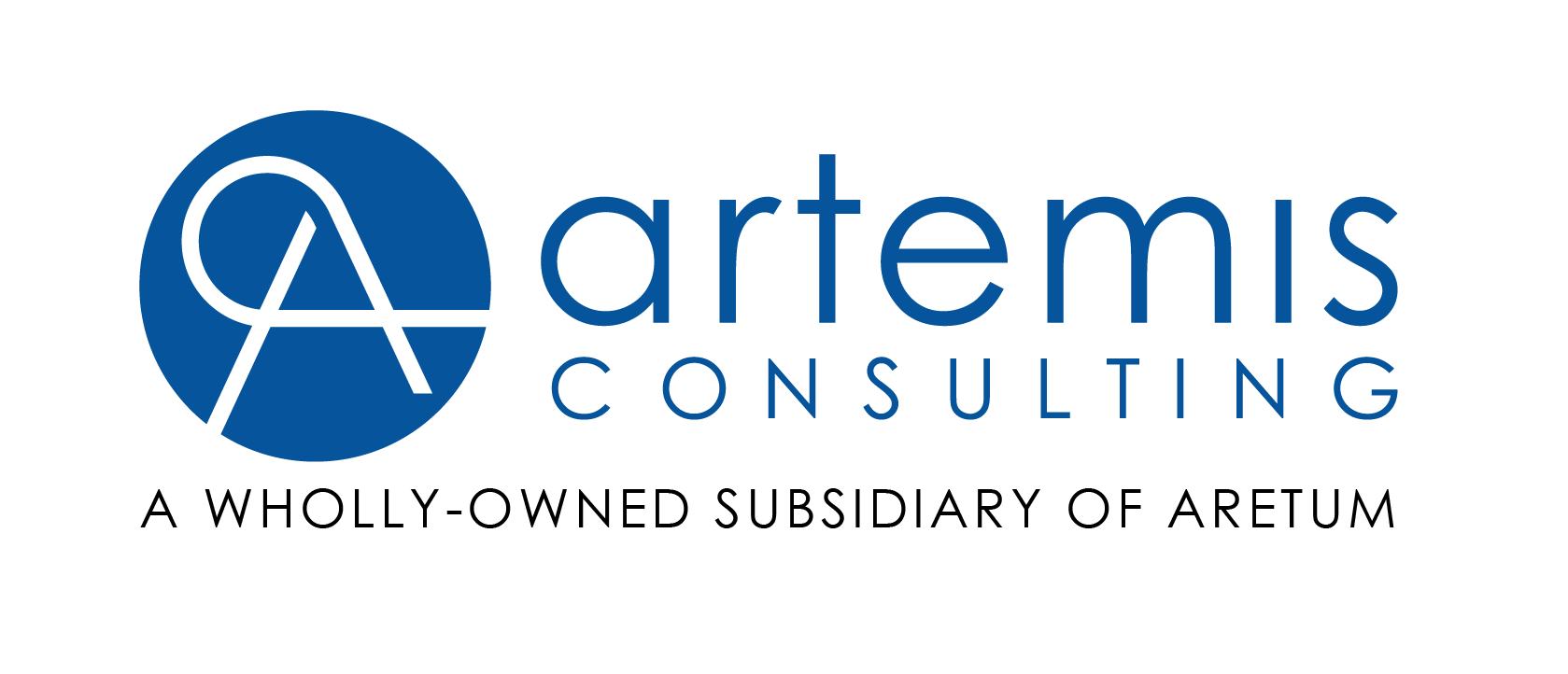
I have always wondered why database professionals seem to fret when straight forward documents like Oracle Guide to Database as a service solution (DBaaS) and Oracle Multitenant (MT) frightened core DBAs. Worry not. Merging together the Multitenant environment (introduced with Oracle Database 12c) allows multiple pluggable databases to be supported within a single multitenant container database. Each pluggable database provides a secure isolated environment in which to run applications. The consolidated container databases represent a single environment for a cloud provider to support, enabling tremendous economies of scale.
To realize the full benefits of your DBaaS, you need to be able to consolidate your database schema. In previous database platforms, this would have meant a painstaking and time-consuming manual process that few IT DBAs know how to do right. It was not rare for a company or institution to try out consolidating database schema in the past, but most of them gave up feeling frustrated, and limited result to show for.
Now, with Oracle MT, businesses can confidently do everything to create their own database as a service environment, on premise or in the cloud. This is done without having to go through a headache inducing database schema consolidation. Oracle MT allows you to use container databases and pluggable databases that all share the same resources, as well as the same background processes. You maintain only the container level, and all the applications talk to the pluggable databases.
Oracle MT also works cleanly with other HA and DR products like Oracle RAC and Data Guard, ensuring high availability for your database. Oracle RAC distributes data processing over your cluster of servers, so that if one of your servers goes offline, other servers would be able to take over. Data Guard, on the other hand, makes your databases reliable by making sure that you have synchronized copies of your entire database at various sites and locations.
Indeed, Oracle MT works best when you use other Oracle products with it, such as Oracle Exadata, ODA and OEM.
Together, Oracle OEM, MT, ODA and Oracle Exadata can help you get the best in-house database as a service solution (DBaaS). Only Oracle has a comprehensive solution with high consolidation density, speed of provisioning, and fast and easy management that works to meet all your needs and demands.
It just so happens that multitenancy aligns great with both on premise, as well as Oracle’s database cloud model. As mentioned before, your infrastructure most likely contains numerous databases running on a range of different host machines (e.g. Solaris, Windows, AIX, RedHat) Every one of them must constantly be patched, upgraded, indexed and backed up. The more databases youhave got, the more onerous and labor intensive these tasks become. But enlist Oracle Database12c, with its “containers” that allow you to plug in all your databases and manage them as one, and its problem solved.
Oracle Multitenant allows you to rapidly provision “tenants” (pluggable databases) from a single database container. In addition, using Multitenant gives you the agility to clone copies of databases in minutes and allows true isolation between database tenants.
With regards to managing the specifics of the Database in the Cloud, OEM allows full control and management of the database. Metering and chargeback along with the creation of Business Catalogs and Self-Service portals.
If you want to learn more about Oracle MT or have questions about Oracle licensing, reach out to one of our Oracle SMEs by contacting us info@artemisconsultinginc.com.
